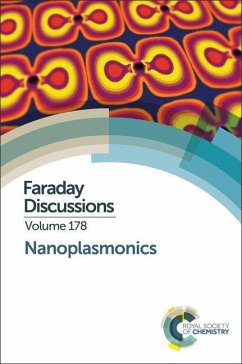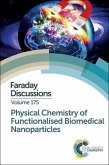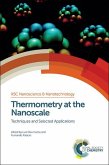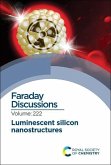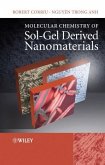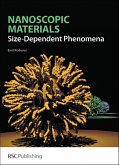Recent advances in nanofabrication and subwavelength optical characterisation have led to significant new advances in plasmonics. In addition to traditional top-down nanofabrication techniques, chemical-based fabrication has emerged as an inexpensive and viable alternative with electrochemical and self-organisation methods for fabrication of plasmonic nanoparticles and extended plasmonic structures. This volume aims to highlight the most recent breakthroughs in this multidisciplinary field and hear from the different perspectives of physicists, chemists and biologists. It connects the various subdisciplines in the field and defines the most challenging problems for the future. This volume is focused on areas where progress is expected to have a most significant impact on a whole area of nanoplasmonics and on commercial exploitation. In this volume the topics covered include: Plasmonic nanoparticles and metamaterials with designed optical properties Surface plasmon enhanced spectroscopies Quantum plasmonics, gain and spasers Biosensing and biomedical applications of plasmonics
